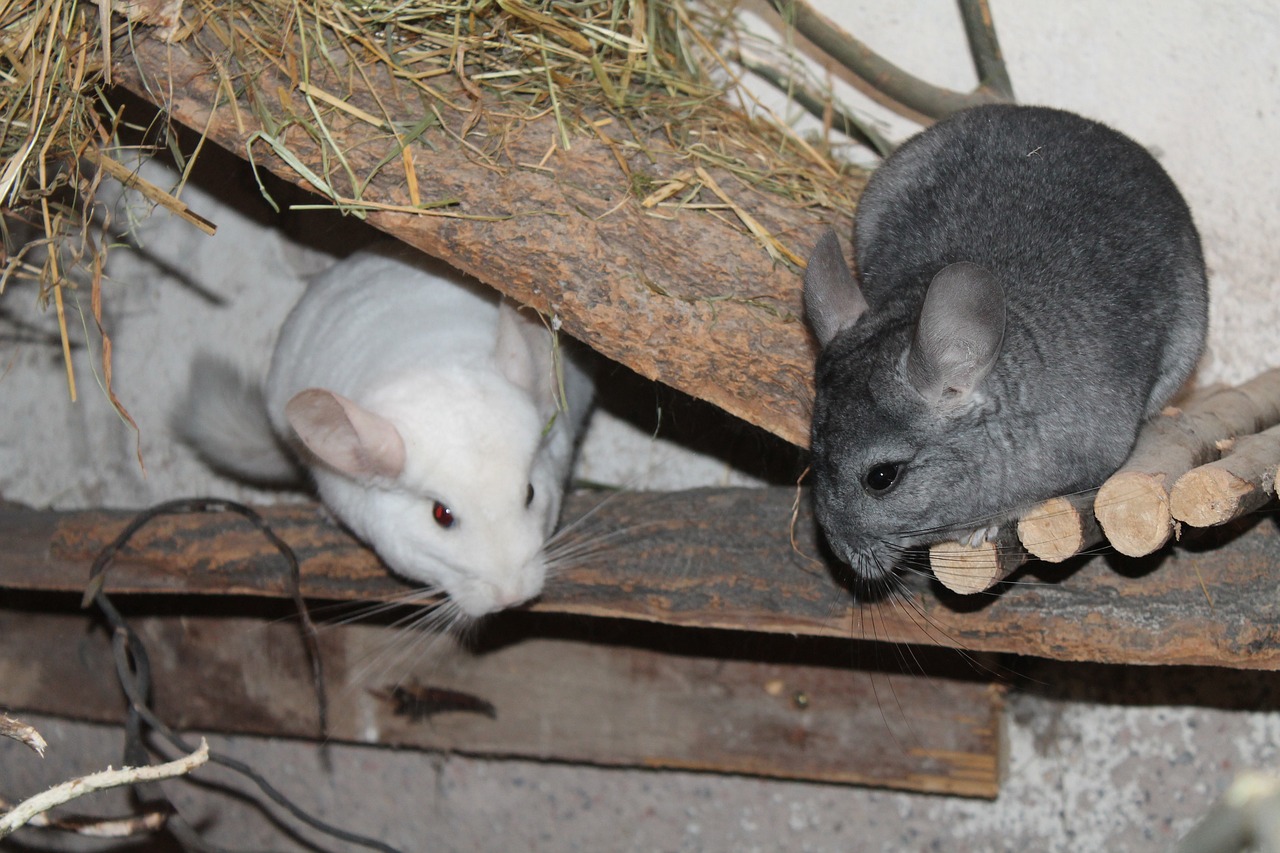Chinchillas are small, furry rodents native to the Andes Mountains of South America. They are known for their soft, thick fur, which is prized for its insulation properties. Chinchillas are also very agile and active animals, and they are known for their ability to jump long distances.
Table of Contents
Scientific Name
Chinchillas belong to the family Chinchillidae, and their scientific name is Chinchilla lanigera. These small mammals are native to the Andes mountains of South America, where they have evolved and adapted to thrive in high-altitude environments.
Types of Chinchillas
Chinchillas are primarily classified into two main species:
- Long-Tailed Chinchilla (Chinchilla lanigera): This species is renowned for its luxurious fur, which has unfortunately made it a target for the fur industry. Long-tailed chinchillas have distinctive long and bushy tails, with fur colors ranging from gray to beige.
- Short-Tailed Chinchilla (Chinchilla chinchilla): Characterized by a stockier build and a shorter tail, this species possesses a unique charm. Short-tailed chinchillas are less commonly encountered than their long-tailed counterparts.
Evolutionary Insights
Chinchillas have a rich evolutionary history that traces back to their origins in the Andes mountains. Their adaptations to the challenging high-altitude environment have led to the development of their distinct features, such as their dense fur, large ears for heat dissipation, and powerful hind limbs for navigating rocky terrain.
Behavior and Social Dynamics
Chinchillas exhibit fascinating behavior that endears them to pet owners and researchers. These nocturnal creatures are most active during the evening hours, displaying their agility and energy as they engage in playful leaps and bounds. In the wild, they are known for their communal behavior, often huddling together for warmth and safety. They communicate through a combination of vocalizations and body language, demonstrating their social nature.
Natural Habitat and Adaptations
Chinchillas have carved a niche for themselves in the rugged Andes mountains. Their dense fur not only provides insulation but also offers protection against predators. Their keen jumping abilities and strong hind limbs enable them to easily traverse the rocky terrain, showcasing their remarkable adaptations to their habitat.
Dietary Preferences and Nutritional Needs
In their natural habitat, chinchillas are herbivores, consuming a diet rich in grasses, leaves, and other plant matter. Maintaining a proper chinchilla diet in captivity is essential for their well-being. High-fiber pellets, fresh hay, and occasional treats like dried fruits constitute a balanced diet. Adequate hydration and avoiding high-sugar or high-fat foods are key to ensuring their nutritional health.
Predators and Threats
Chinchillas face a range of predators in their native habitat, including birds of prey, carnivorous mammals, and snakes. Their alertness and agility serve as primary defense mechanisms. However, in recent times, human activities such as habitat destruction and the fur trade have emerged as significant threats to their populations.
Reproductive Patterns and Lifespan
Chinchillas have intriguing reproductive patterns. Female chinchillas have a more extended gestation period compared to other rodents, lasting around 111 days. After birth, chinchilla pups are born fully furred and with their eyes open, displaying their precocious nature. Their lifespan varies, with individuals living around 10 to 15 years in captivity when provided with proper care.
Population Dynamics and Conservation Efforts
Chinchilla populations have faced challenges due to habitat loss and overexploitation of their fur. Conservation organizations are actively working to protect their natural habitats, raise awareness about responsible pet ownership, and promote sustainable practices to safeguard their future.
Conclusion
The world of chinchillas is one of captivating wonder, marked by their unique attributes and captivating behaviors. From their lush fur to their agile leaps, these rodents continue to inspire awe and admiration. By understanding their evolutionary journey, behaviors, and ecological importance, we can ensure the preservation of these remarkable creatures for generations to come.
FAQs – Answering Your Curious Queries
1- Can chinchillas be kept as pets?
Yes, they can make delightful and entertaining pets, provided their specific needs are met. A spacious cage, proper diet, and opportunities for exercise are essential.
2- Do chinchillas require companionship?
They are social animals and can benefit from having a compatible cage mate. However, introducing them properly is crucial to prevent conflicts.
3- How often do chinchillas need dust baths?
They have dense fur that requires regular dust baths to keep it clean and prevent matting.
4- Are chinchillas prone to any health issues?
They can be susceptible to dental problems and obesity if their diet and dental care are not properly managed.
5- Are chinchillas vocal animals?
Yes, they communicate through a range of vocalizations, including chirps, barks, and squeaks, to convey different messages.
